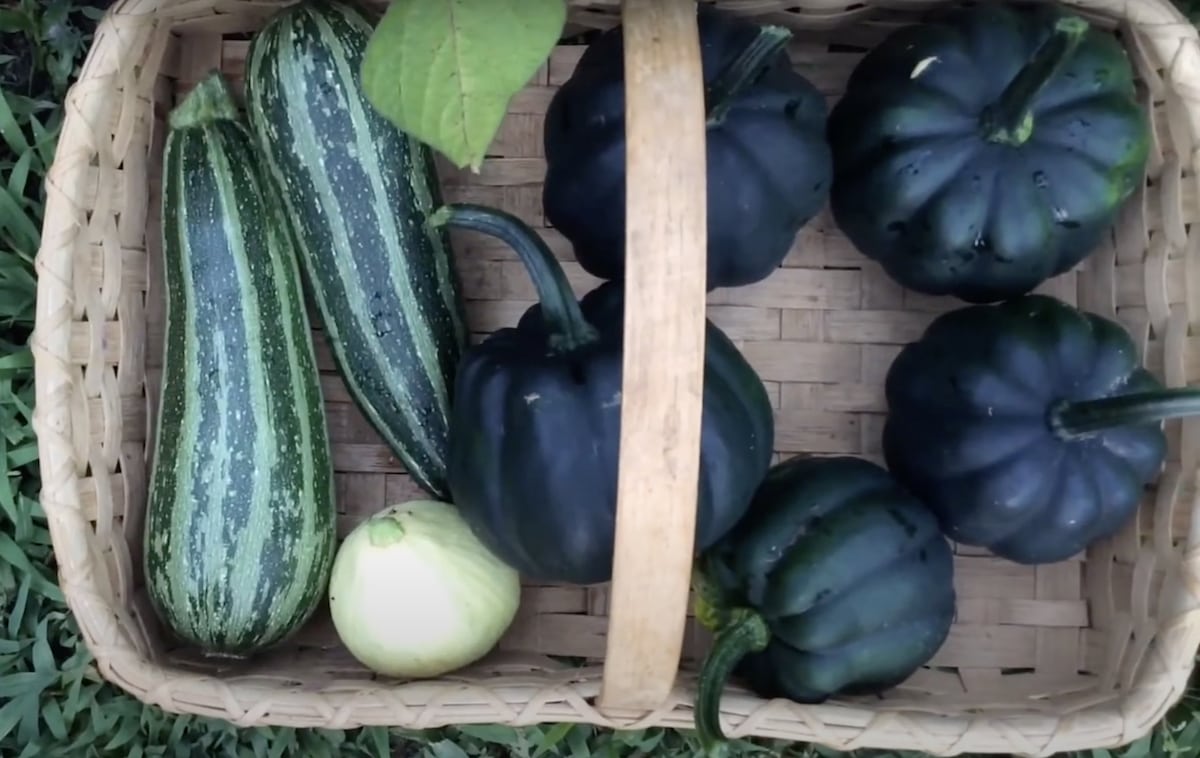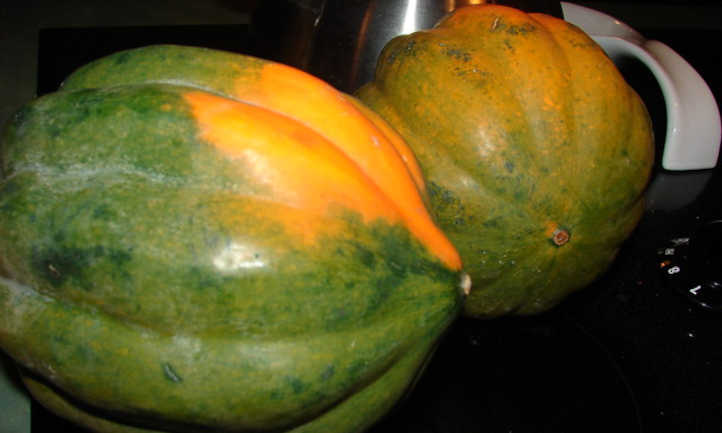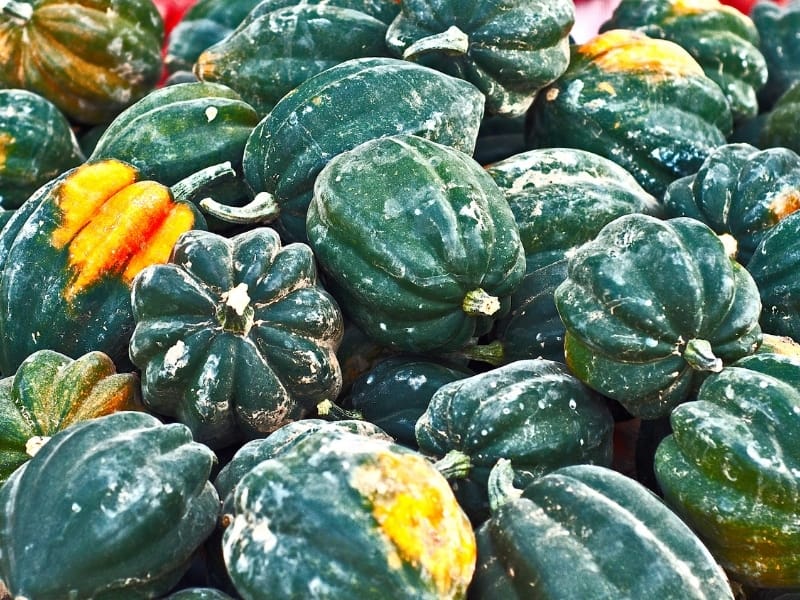You are in for a treat if you’ve planted acorn squash in your garden! Acorn squash is a delicious and versatile vegetable that can be enjoyed in various dishes. In order to fully enjoy the sweet and nutty flavor of acorn squash, it is crucial to harvest it at the right time. Knowing when to pick your acorn squash is key to ensuring its optimal taste and texture. In this article, you will discover the best time to harvest acorn squash, allowing you to savor the mouthwatering goodness of this autumn favorite.
The Best Time to Harvest Acorn Squash
Acorn squash, with its sweet and nutty flavor, is a delicious and versatile vegetable that can be enjoyed in a variety of dishes. However, determining the best time to harvest acorn squash can be a bit tricky. Harvesting too early can result in underripe and flavorless squash, while waiting too long can lead to overripe and mushy squash. In this comprehensive article, we will explore the growth and harvesting process of acorn squash, discuss the signs of readiness for harvesting, understand the factors affecting the harvest time, delve into the different harvest methods, provide tips for a successful harvest, and explore storage and shelf life options for harvested acorn squash. So let’s dive in and learn when the best time is to harvest this delicious vegetable!

The Growth and Harvesting Process of Acorn Squash
Before we can determine the best time to harvest acorn squash, it is important to understand the growth and harvesting process of this vegetable. Acorn squash plants typically start as seeds that are planted either directly in the ground or in seedling trays indoors. Once planted, the seeds germinate and develop into seedlings. These seedlings are then transplanted outdoors when the soil has warmed up and the danger of frost has passed.
Once transplanted, acorn squash plants require proper care and maintenance to ensure healthy growth and development. This includes regular watering, adequate sunlight, and fertilizing as needed. As the plants grow, they produce flowers that eventually turn into small, green squash. Over time, these green squash mature and develop into the delicious acorn squash we know and love.
Determining the Maturity of Acorn Squash
The key to harvesting acorn squash at its peak flavor and texture lies in determining its maturity. There are several visual indicators that can help you determine if your squash is mature and ready to be harvested. The most obvious indicator is the size of the squash. Fully mature acorn squash typically range in size from 4 to 6 inches in diameter and weigh between 1 to 2 pounds. Another visual indicator of maturity is the color and texture of the squash’s rind. Mature acorn squash will have a deep green color and a hard, tough rind.
Signs of Readiness for Harvesting Acorn Squash
In addition to visual indicators, there are other signs that can help you determine if your acorn squash is ready for harvest. One important sign to look for is the condition of the stem and vine. When the squash is mature, the stem will be brown, dry, and corky. The vine may also start to wither and dry up. Additionally, fully developed rind patterns on the squash’s surface are a good indication of readiness for harvest. These patterns should be well-defined and raised.
Another sign to look for is the drying and browning of the stem. When the stem starts to dry and turn brown, it is a clear indication that the acorn squash is ready to be harvested. This is because the drying and browning of the stem indicate that the squash has reached its full maturity and is at its peak flavor.
Factors Affecting the Harvest Time of Acorn Squash
While visual indicators and signs of readiness are helpful in determining when to harvest acorn squash, it is important to understand that the harvest time can vary due to several factors. Environmental conditions, such as temperature and sunlight, can significantly impact the growth and maturity of acorn squash. Varietal differences in harvest timing also play a role, as different varieties of acorn squash may have varying growth rates and maturation periods. Additionally, the planting date of the squash can affect the harvest time. Squash planted earlier in the season may reach maturity sooner than those planted later.

Understanding the Different Harvest Methods for Acorn Squash
When it comes to harvesting acorn squash, there are a few different methods you can choose from. The most common method is hand harvesting, where you simply twist or cut the squash from the vine using a sharp knife or pruners. Another method involves using pruning shears to cut the stem about 1 inch away from the squash. This method allows you to leave a portion of the stem attached to the squash, which can help prolong its shelf life.
Harvesting Acorn Squash Based on Its Intended Use
The best time to harvest acorn squash can also depend on its intended use. If you plan on using the squash immediately, it is best to wait until it is fully mature and has reached its peak flavor. On the other hand, if you plan on storing or preserving the squash, it is recommended to harvest it slightly earlier, when it is still firm and has not fully matured. This will help ensure that the squash holds up well during storage and maintains its quality for a longer period of time.

Tips for a Successful Harvest of Acorn Squash
To ensure a successful harvest of acorn squash, there are a few tips and practices to keep in mind. It is important to monitor the growth and development of the squash regularly. This includes keeping track of the size, color, and texture of the squash as it matures. Regular inspections can help you determine the optimal time for harvesting.
Proper handling and care during the harvesting process are also crucial. Be sure to use sharp and clean tools when cutting or twisting the squash from the vine. Handle the squash with care to avoid any bruising or damage that could lead to decay during storage.
Storage and Shelf Life of Harvested Acorn Squash
After harvesting acorn squash, it is important to store it properly to ensure its freshness and longevity. Ideally, acorn squash should be stored in a cool, dry place with good air circulation. Temperatures between 50 to 55°F (10 to 13°C) are ideal for maintaining the quality of the squash. Avoid storing it near fruits such as apples and pears, as they release ethylene gas which can accelerate the ripening process of the squash.
The shelf life of harvested acorn squash can vary depending on its maturity at the time of harvest and the storage conditions. Generally, properly stored acorn squash can last for several weeks to a few months. Regularly check the squash for any signs of decay or softness, and use those that show signs of deterioration first.

Common Mistakes to Avoid When Harvesting Acorn Squash
While harvesting acorn squash may seem straightforward, there are a few common mistakes that should be avoided. One mistake is harvesting the squash too early. Harvesting squash that is not fully mature can result in a lack of flavor and a hard, unpalatable texture. Another mistake is waiting too long to harvest the squash. Overripe squash can be mushy and have astringent flavors.
Best Practices to Ensure Optimal Harvesting of Acorn Squash
To ensure the optimal harvest of acorn squash, it is important to follow some best practices. Maintaining a harvesting schedule and regularly inspecting the squash for signs of readiness are key. Practicing careful harvesting techniques, such as using sharp and clean tools, and properly curing and storing the squash are also important for maintaining the quality and flavor of the harvested acorn squash.
In conclusion, determining the best time to harvest acorn squash involves considering visual indicators, signs of readiness, environmental factors, and the intended use of the squash. By following the tips and best practices outlined in this article, you can ensure a successful harvest of acorn squash that is at its peak flavor and quality. So get ready to enjoy the delicious taste of freshly harvested acorn squash in your favorite recipes!




